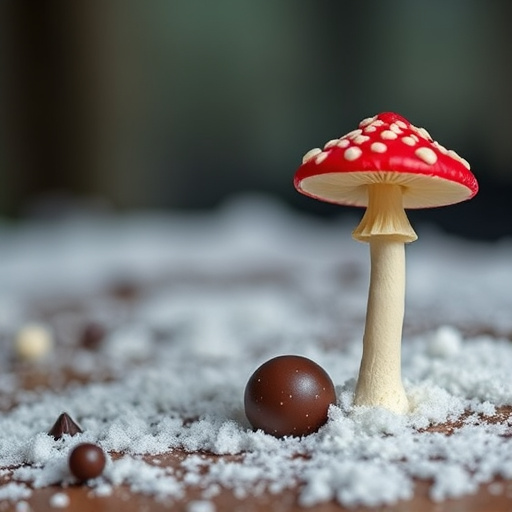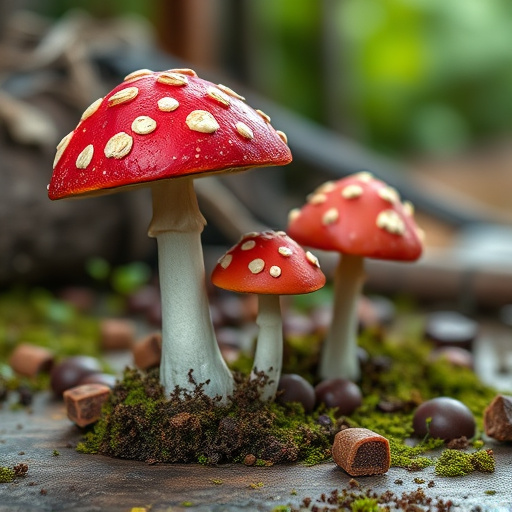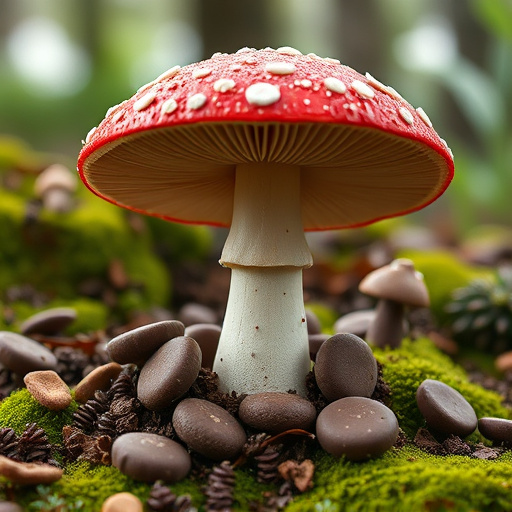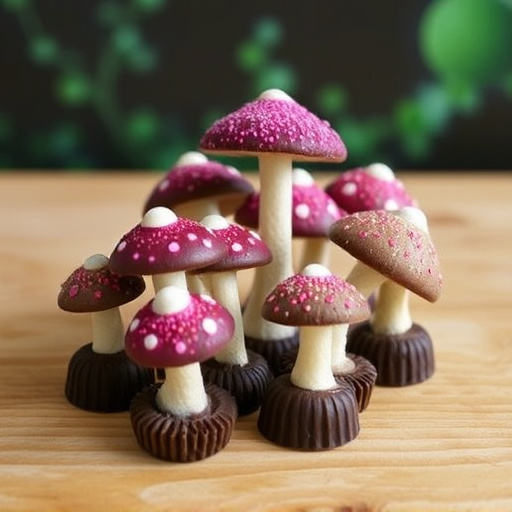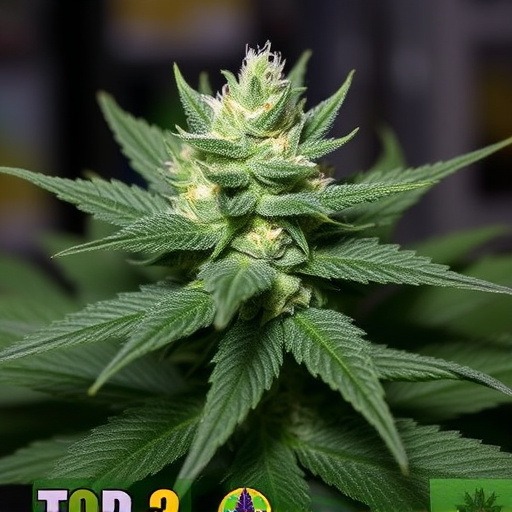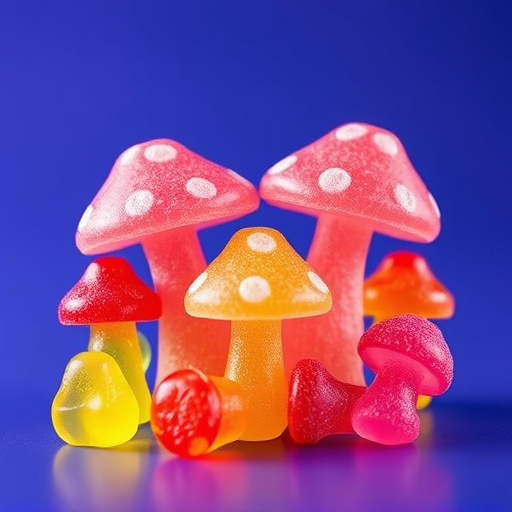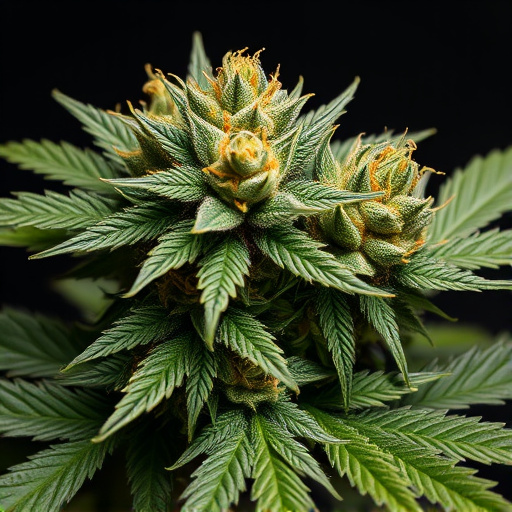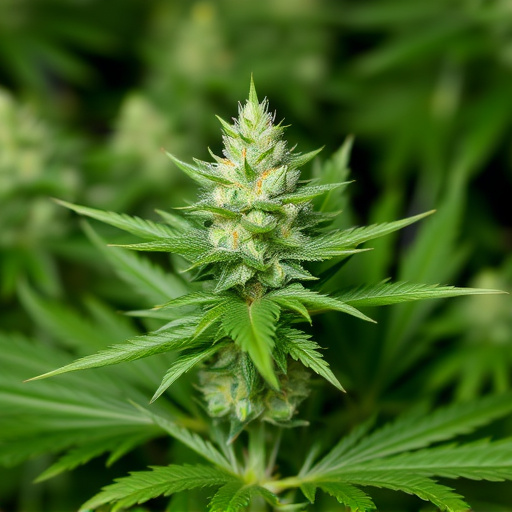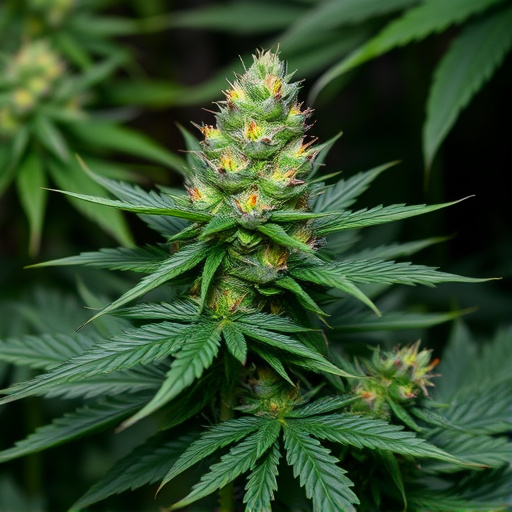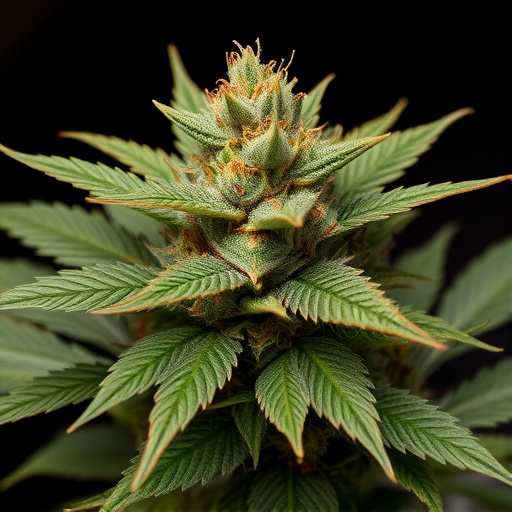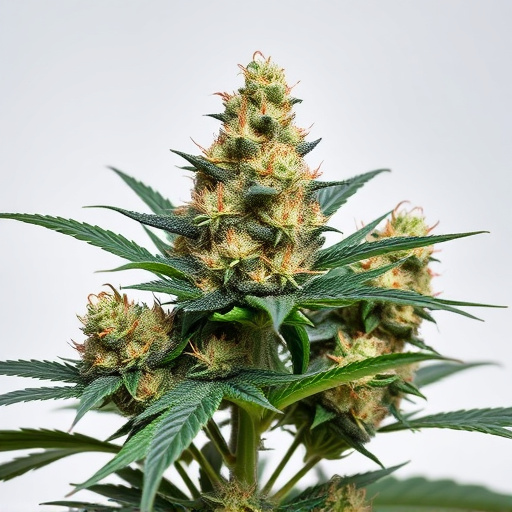The distinct skunk-like scent of cannabis is primarily driven by its genetic makeup and terpene profiles, with indica dominant strains naturally producing higher levels of myrcene, a key terpene linked to skunkiness. Environmental factors, like lower light or cooler temperatures, also boost myrcene and limonene concentrations, making outdoor-grown indica plants smellier. Growers can amplify this effect through cultivation techniques such as genetic selection and controlled environments, resulting in more aromatic indica dominant strains.
Have you ever wondered why some cannabis strains emit a distinct skunky aroma while others are virtually scent-free? It all comes down to genetics, environment, and cultivation techniques. This article explores the science behind a strain’s skunkiness, delving into the role of terpene profiles, environmental factors influencing terpene production, and cultivation methods that enhance or suppress this characteristic. Specifically, we focus on indica dominant strains, known for their tendency towards stronger skunk scents.
- Genetic Composition and Terpene Profiles: Unlocking the Skunkiness
- Environmental Factors: The Role of Terpene Production
- Cultivation Techniques: Nurturing a Stronger Skunk Profile
Genetic Composition and Terpene Profiles: Unlocking the Skunkiness
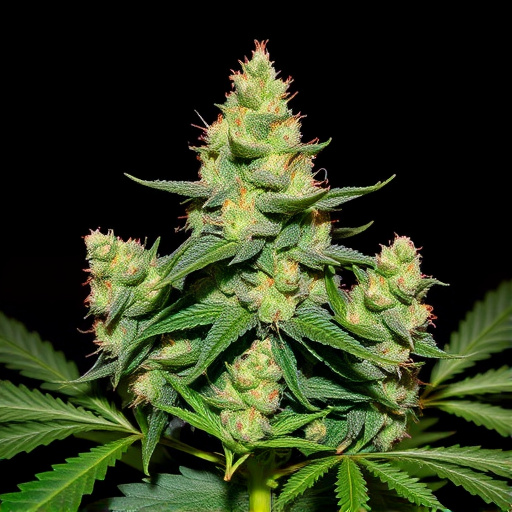
The genetic composition and terpene profiles of cannabis plants play a pivotal role in determining their scent, with indica dominant strains often exhibiting stronger skunk-like aromas. Cannabis terpenes are volatile organic compounds responsible for the plant’s distinctive smells, including skunkiness. Certain terpenes, such as myrcene, have been linked to this characteristic odour. Strains with higher concentrations of myrcene tend to smell skunkier.
Genetic diversity among cannabis plants means that some varieties naturally produce more myrcene and other terpenes associated with skunkiness than others. Indica strains, known for their calming effects and shorter, stockier growth patterns, often inherit these terpene-rich genetic traits. This contributes to the prevalent perception of indica dominant strains as having more pronounced skunk aromas compared to sativa or hybrid varieties.
Environmental Factors: The Role of Terpene Production
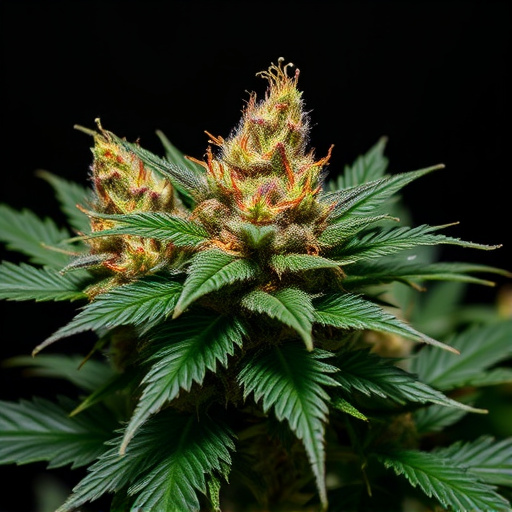
Environmental factors play a significant role in shaping the terpene profile of cannabis plants, which directly influences the scent and flavor we associate with different strains. Terpenes are volatile organic compounds naturally produced by cannabis, contributing to its distinctive aroma. The process of terpene synthesis is highly sensitive to various environmental cues, including temperature, light intensity, and growing conditions.
In particular, indica dominant strains, known for their relaxing and sedative effects, often exhibit skunkier aromas due to the presence of specific terpenes like myrcene and limonene. These terpenes are more abundant in plants grown under stress or adverse conditions, such as lower light intensity or cooler temperatures. As a result, outdoor-grown indica strains may have stronger skunky scents compared to their counterparts cultivated in controlled environments.
Cultivation Techniques: Nurturing a Stronger Skunk Profile

Cultivation techniques play a significant role in shaping a cannabis strain’s aromatic profile, particularly its skunkiness. Growers can enhance or intensify the skunk aroma by employing specific methods during the cultivation process. One key factor is genetic selection; choosing indica dominant strains is often preferred as these varieties tend to accumulate higher levels of terpenes associated with skunkiness, such as myrcene and limonene.
Proper environmental control is another crucial aspect. Maintaining optimal temperature, humidity, and light exposure can influence terpene production. For instance, cooler temperatures and reduced light intensity can encourage the development of more robust skunk scents in indica strains. Additionally, techniques like stress training, where plants are periodically deprived of water or light, can trigger the release of terpenes, resulting in a stronger skunk profile.
In conclusion, the skunkier aroma of certain cannabis strains is a result of complex interactions between genetic composition, environmental factors, and cultivation techniques. Understanding these elements, particularly the role of terpenes, allows cultivators to nurture more potent skunk profiles in indica dominant strains. By optimizing growing conditions and leveraging natural compounds, enthusiasts can experience the distinctive and robust scent that has become synonymous with cannabis culture.
